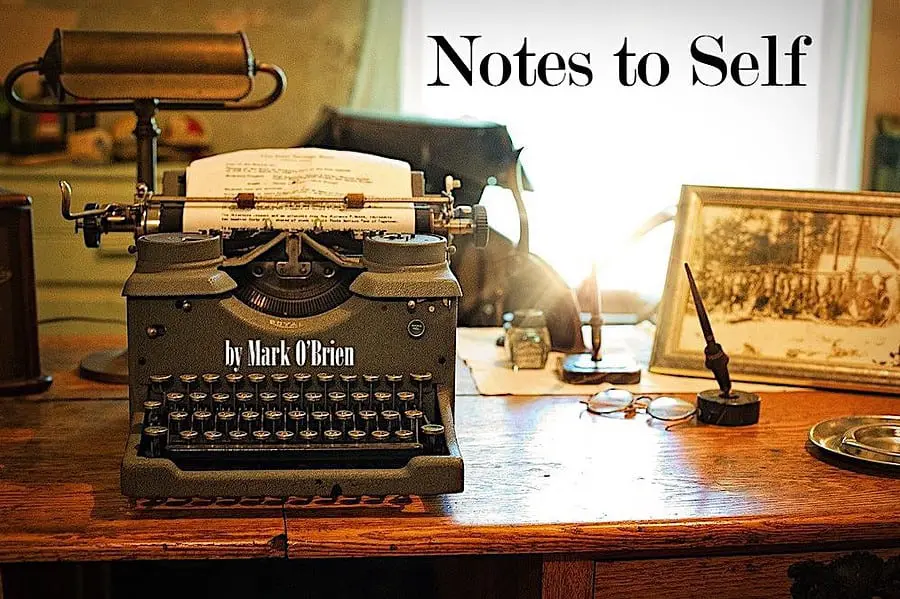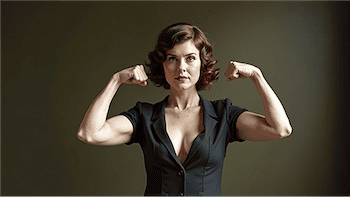
There’s been much speculation about Ernest Hemingway’s novel, A Farewell to Arms, which was published by Scribner in 1929. On the surface, it appears to be the story of the American, Frederic Henry, who’s serving as a lieutenant in the ambulance corps of the Italian army in WWI. But psychosexual scholars find a deeper meaning, tying it to Hemingway’s four marriages.
During the time he was writing the first books of A Farewell to Arms (there are five, with chapters in each), he was married to Hadley Richardson. They were married in 1921 and divorced in 1927. Hemingway had been attracted to Hadley’s arms, writing of them in a letter to his friend, Herbert Schnauzer:
Her arms were strong and brown from the sun. When I touched them, they were firm and sure, not soft, not weak. They had a quiet strength as if she had been pumping iron in the gym her whole life.

His divorce from Hadley (perhaps precipitated by the loss of his manuscripts) was considered a farewell to her arms since he married Pauline Pfeiffer the same year he divorced Hadley. At that point, Hemingway was starting to consider himself a leg man. Pauline had been a Radio City Rockette and had the strong thighs and well-developed calves of a dancer.

In a passage from A Farewell to Arms that was deleted by Max Perkins, Hemingway’s editor at Scribner, Hemingway had written:
Frederick [obviously a surrogate for Hemingway] was no longer impressed that Petunia [obviously a surrogate for Hadley] could do heavier biceps curls than Arnold Schwarzenegger. Rather, he found himself attracted to the legs of Minerva [obviously a surrogate for Pauline] because they were sturdy like the legs of a mountain climber or a high jumper.
Perkins wrote to Hemingway, “Dude. Look. I know a lot of fiction — especially your fiction — is based on events and Relationships from your life. But you’re not even 30. You might try to avoid scandals and harassment suits until you’re at least 40.”
Hemingway took the advice of Perkins at that point. Whether he learned anything from the admonition is dubious. When he met Martha Gellhorn in 1940, Hemingway was smitten by her décolletage. So, he divorced Pauline and married Martha.

In the manuscript for a novel that was never published, The Breast Man, featuring the protagonist, Rufus Gormley, Hemingway had written:
Her blouse was loose, and Rufus could see the swell beneath it. When she moved, it moved too, steady and sure, like the roll of a small wave before it broke. She leaned forward, and he saw the curve of her. It was a good curve. He wanted to put his hand there, but he didn’t because her husband, The KO Kid, was there. He was a prizefighter. And Rufus had a glass jaw.
When Hemingway submitted The Breast Man to Scribner, Perkins invited Hemingway to his home and asked him to bring some marshmallows to toast over the burning manuscript. As he was tossing the script into the fire, Perkins said, “For cryin’ out loud, Ernie. You’re not a young man anymore. Why don’t you write a memoir or something?”
Hemingway divorced Martha and married Mary Welsh in 1946. He was 47 years old. By then, he’d gotten over his anatomical fetishes, was already suffering from paranoid delusions, believed he was being pursued by the FBI, and had started working on his next novel, The Wanted Man. It went unfinished when he committed suicide in 1961.
His last published work, however, A Moveable Feast, is a memoir of his years as a struggling expatriate writer in Paris during the 1920s. Because Hemingway made up for being a profligate philanderer by being a narcissistic jackass, he’d always contended a writer would never write a memoir until he was washed up creatively. The book was published posthumously in 1964 by Mary, working from the original manuscripts and notes. It’s the most beautiful thing ever published in Hemingway’s name.
You might say it was his farewell to writing.
Originally Published on https://www.bizcatalyst360.com/category/lifecolumns/notes-to-self/
Notifications